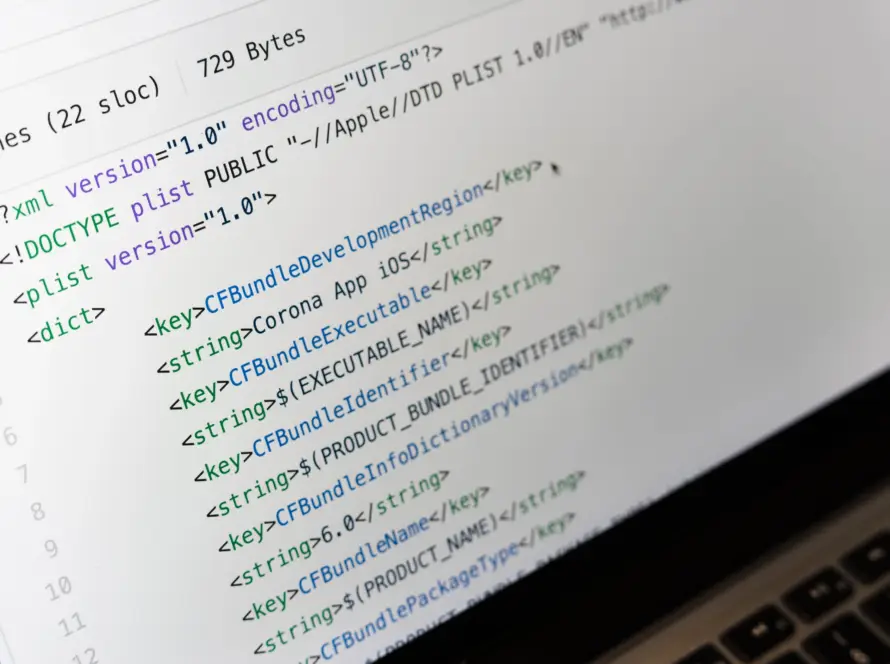Generated by Contentify AI

As a professional in the world of web development, it is essential to understand the importance of writing clean and reusable CSS code. CSS (Cascading Style Sheets) plays a pivotal role in how a website looks and functions, and by adhering to the best practices, we can ensure that our code is efficient, maintainable, and easy to work with.
One of the fundamental principles of writing clean CSS code is to eliminate redundancy. This means that we should avoid using unnecessary selectors and properties. By keeping the code concise, we can improve its readability and make it easier to maintain and modify in the future. Additionally, we should strive to use shorthand properties whenever possible, as they not only reduce the code size but also make it more efficient.
Another important aspect of writing clean and reusable CSS code is organizing it in a logical and modular manner. By breaking up the code into smaller, well-defined sections or components, we can improve readability and make it easier to locate and update specific styles. This can be achieved through the use of naming conventions and by grouping related styles together.
When it comes to writing reusable CSS code, employing the principle of separation of concerns is crucial. This means that we should separate the structure (HTML), styles (CSS), and behavior (JavaScript) of a website. By keeping these three aspects separate, we can ensure that changes or updates to one do not have unintended consequences on the others.
Lastly, it is important to be mindful of performance considerations when writing CSS code. By minimizing the use of unnecessary or heavy styles, such as unnecessary transitions or animations, we can minimize the impact on website loading times and overall performance.
In conclusion, by following the best practices for writing clean and reusable CSS code, web developers can greatly enhance their efficiency and productivity. Remember to eliminate redundancy, organize the code logically, separate concerns, and be mindful of performance. With these principles in mind, you’ll be well on your way to becoming a CSS coding master.



